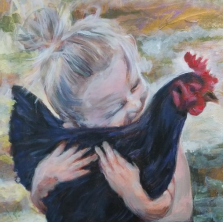We’re currently going through the process of understanding how to publish a Children’s Book. As added research on this, we attended the Children’s Book Publishing Workshop at the Georgia Writers Museum. This interesting event had presentations by four popular authors, and in addition to some pointers on how to publish a children’s book, there was some networking and other information sharing.
This, in a general way is about the practice of Human Scale Living, where we participate in the arts. We also like to do nice things in the area when possible so as to put a guest onto them.
To publish your children’s book you need to do four things: Understand and develop your publishing method. Use networking to do promotional activities. improvise when you see road blocks. Network with agents and people that are interested in your content.
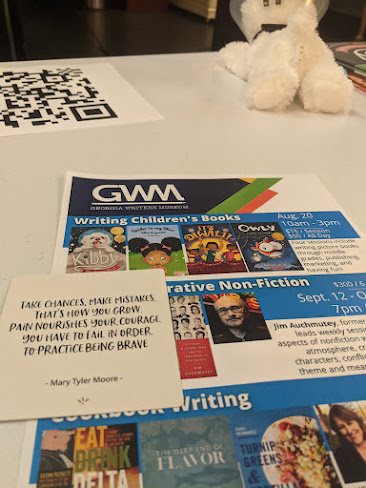
The Georgia Writer’s Museum Children’s Authors
The interesting thing about this was that of the four presenters, all had different paths to publishing. What that means is that many of these methods can be used In combinations to arrive at a published work.
The Georgia Writers Museum
We have blogged this place in the past, and we found the meeting facilities very pleasant. The crowd was about 20, most of which were current or former teachers. Many of the attendees were just exploring the idea, and some, like us, were farther along the thought process.
Here are some of the stories.
Andrea Cassel, Kibby the Space Dog
Andrea actually was the author of several cookbooks, and in 2015 started to write her first book about Kibby, who is a real dog that occasionally makes appearances during her promotions. There’s a book about Kibby moving to Georgia.
Andrea’s main strategy is self-publishing, and she went through a lot of effort to publish her Kibby series. In her case, it involved use of some outside resources. She had her books professionally illustrated, and carefully published on nice paper with a hard cover. Some contact was made with one or more of the mainstream publishers, and she was rejected.
She refused to take “no” for an answer, and made the further investment to have a lot of these books printed, and acted as her own distributor as well.
Networking is very important. She goes all over the area to do book signings, brings Kibby herself to events and has a line of swag, merch, and plush toys. Andrea goes through a lot of personal effort to promote her products.
She had initially worked with a commercial publisher, who did not do any promotion work, and her response to that was to fire them and move on. She now works with a publisher in Kansas to produce her books, and she does the promotion.
At one point, she hired a publicist, to help with the promotional activity, and entered her book in some award competitions. Kibby the Space Dog has won the “Mom’s Choice Gold Award” and the “Pinnacle Award.”
Andrea’s gift, as it were, is high energy and determination. She is a former TV personality, and has lived in various places throughout the country. For her it was a logical step to do a lot of this herself.
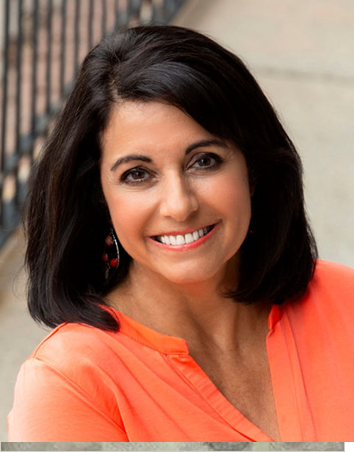
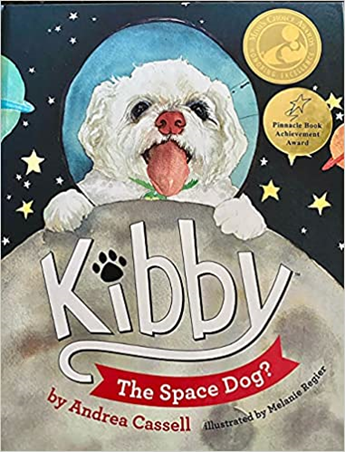
Lessons from Andrea
Produce a high quality product, price it in the right way, to be competitive in the marketplace, and don’t give up. She tells the story of what it took to get one of her books in every Kroger in the country.
There is also a lesson in here about the “product.” The story is adorable, but part of the “product” is the reader experience, in that she’s trying to get the kids to make a connection to Kibby, get into the Kibby swag, and be part of the “Kibby Experience.” She’s had the Kibby series made into a play.
Surishtha Sehgal “It’s Diwalli”
Sue came to children’s publishing after being approached by her son, Kabir.
Sue has an author’s page on Simon and Schuster, which I have linked below.
In her case, both she and her son are very accomplished. Her son, Kabir, is a Grammy award winning musician (Latin and Jazz), a New York Times Best Selling author of 18 books, co-writer of an MTV series, and former Navy veteran. His other “co authors” include John Lewis, Bill Clinton and Andrew Young.
In Sue’s case, she is also a published author, and founder of a nonprofit organization which was affiliated with the Carter Center downtown. She’s also a former professor at Georgia Tech.
So the lesson in this case is that if you are well connected enough, a famous publishing company will approach you to write a book.
In this case it is a series of books to transfer cultural elements between India and the US. The book “It’s Diwalli” is part of the series, as is an Indian version of the Mother Goose stories, and “The Wheels on the Tuk Tuk” as a loose translation of “The Wheels on the Bus.” The books are doing very well in India, interestingly.
At the moment, there is an Amazon page for this series, which we have linked.
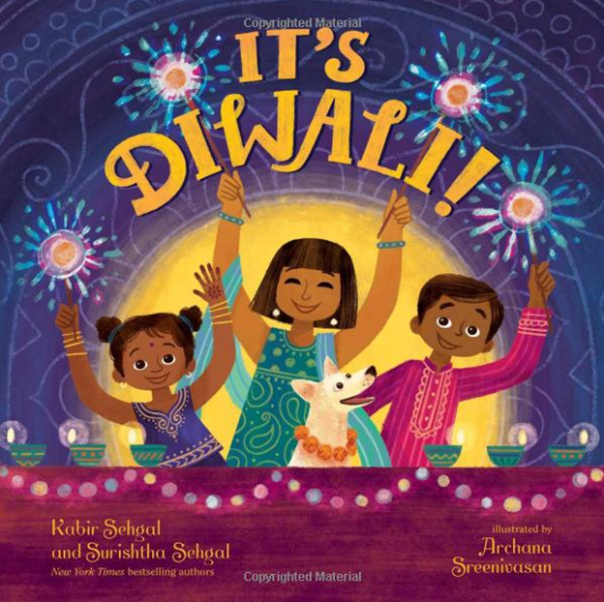
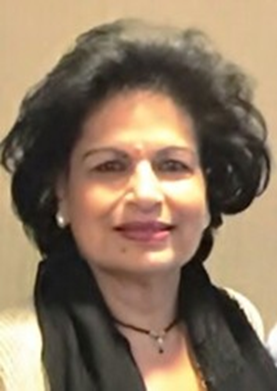
Lessons from Surishtha
The lesson here, we suppose is to take advantage of connections. In her case, with the very accomplished son, the non profit work and other connections. What she has also done is taken advantage of multiple distribution channels. In addition to the Simon and Schuster, which allows her to sell in some of the local bookstores, she also has a presence on Goodreads and Amazon.
She also does book readings, makes appearances, and has a social media following.
JoAnn Dotson, “Spider in my Shoe: What do you do?”
JoAnn is a former teacher in the public school system in Sandersville and had the idea of her story years ago. After “retiring” has produced a couple of children’s books. She’s using Amazon KDP as the main means of publishing, and participating in as many events as possible to promote her book. She is very enthusiastic, and experienced in public speaking.
JoAnn has fewer connections, but she did have the idea that she should self-publish. She also did not hesitate to get her artwork done by people on Fiverr, which she had a good experience with. Market accessability was important, and she chose friendly paper style and book feel. She has a paperback version and her pricing strategy is to allow everybody to enjoy her work.
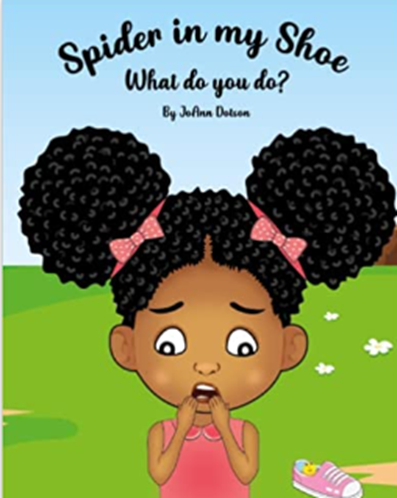
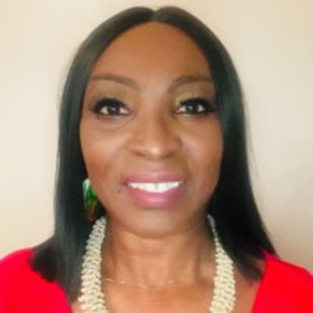
Lessons from JoAnn
Look for ways to work around barriers, such as high expense. She was able to use KDP and Fiverr to publish this and her other Children’s book “Pencil for a Pet” with limited resources. She’s also enjoying an extended post-“retirement” project and hopefully contributing something positive to a lot of children.
Andy Runton, The Owly Series
Andy’s path to being a “Children’s Book Writer” is a little different. He was a student at Georgia Tech, in the Industrial Design department. He had what he calls “a career in corporate America” when he developed the “Owly” character based on some doodling he did for his Mom.
At some point he began working on “Owly” as a career.
Andy is into the art form called “graphic novels” which can’t get past the “comic book” stigma. He made some of his initial contacts attending all of the comic book/Comicon/Dragon Con shows. At some point he made contact with an agent, who is Barry Goldblatt, who is agent for other authors with similar work.
The Agent’s job is to do promotional activities, and work with the publishers. Andy used the agent to “pre-screen bad ideas”. If the agent doesn’t believe in your product, because of his or her experience in this industry, he or she won’t work with you, because they won’t get paid. That way you can be sure your product is commercial.
Barry is working with about 25 authors, and gets a piece of the action, so to speak, in exchange for his talents.
If Andy is handicapped, it is in that his work is very complex. It takes over 600 drawings for him to make one graphic novel, and so the time frame for his production is long.
The good thing is that he has managed to get into Scholastic Books, who does the Book Fairs at school, and he estimates that 50% of his sales are through that distribution path. It is high quality, very thoughtful material.
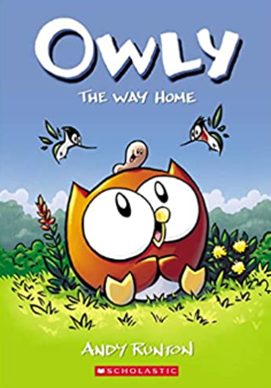

Lessons from Andy
There’s a built in screening mechanism if you use an agent. You also get to concentrate on production, and doing your stories, and doing some promotional activities. In his case, it was “worth it” to work with an agent who shares in the profits and also helps with the promotion.
Also, of the four, Andy was the most clear on the need to publish something, and get it out there.
How to Publish a Children’s Book The Georgia Writer’s Museum Children’s Author Workshop
So the question is, would we do this again? Yes, this was valuable, in that we are making connections with authors with multiple paths to children’s book publishing. The lessons on How to Publish a Children’s book were very valuable.
This is not to say that we, in our efforts to promote the Weezy and Bella book, can use all of these. There are lots methods of promotion, and we have a business to run. We’re working on the connections.
But, it is correct to say that there are lessons in this that apply directly to us, in that there are multiple publishing paths, multiple methods of distribution, and many different promotional opportunities that we can use to publish this book.
Maybe the number one of these is have multiple contact points. All of these authors have social media, web presence, and Amazon contact points which allowed us to put together their stories.
PS: Have you seen the preview of “Weezy and Bella to the Rescue?” It’s a story about overcoming fear.
Here’s a link, in fact.
More Events at the Georgia Writer’s Museum
Hey, here is fun, on Saturday October 1, there’s another workshop on Cookbook Authoring. Here’s their link. They have classes and events all the time. A nice trip could be had to check into a local B&B the night before, and be nice and rested when you go in for the class.
Links and References
Andrea Cassel
http://www.andreacassell.com/aboutus.html
http://www.andreacassell.com/books.html
Surishtha Sehgal
https://www.simonandschuster.com/authors/Surishtha-Sehgal/403383630
Kabir Sehgal
Publisher’s Weekly
https://www.publishersweekly.com/pw/authorpage/surishtha-sehgal.html
JoAnn Dotson
Joann Twitter Address
Andy Runton
http://www.andyrunton.com/owly/
Barry Goldblatt
![]()
